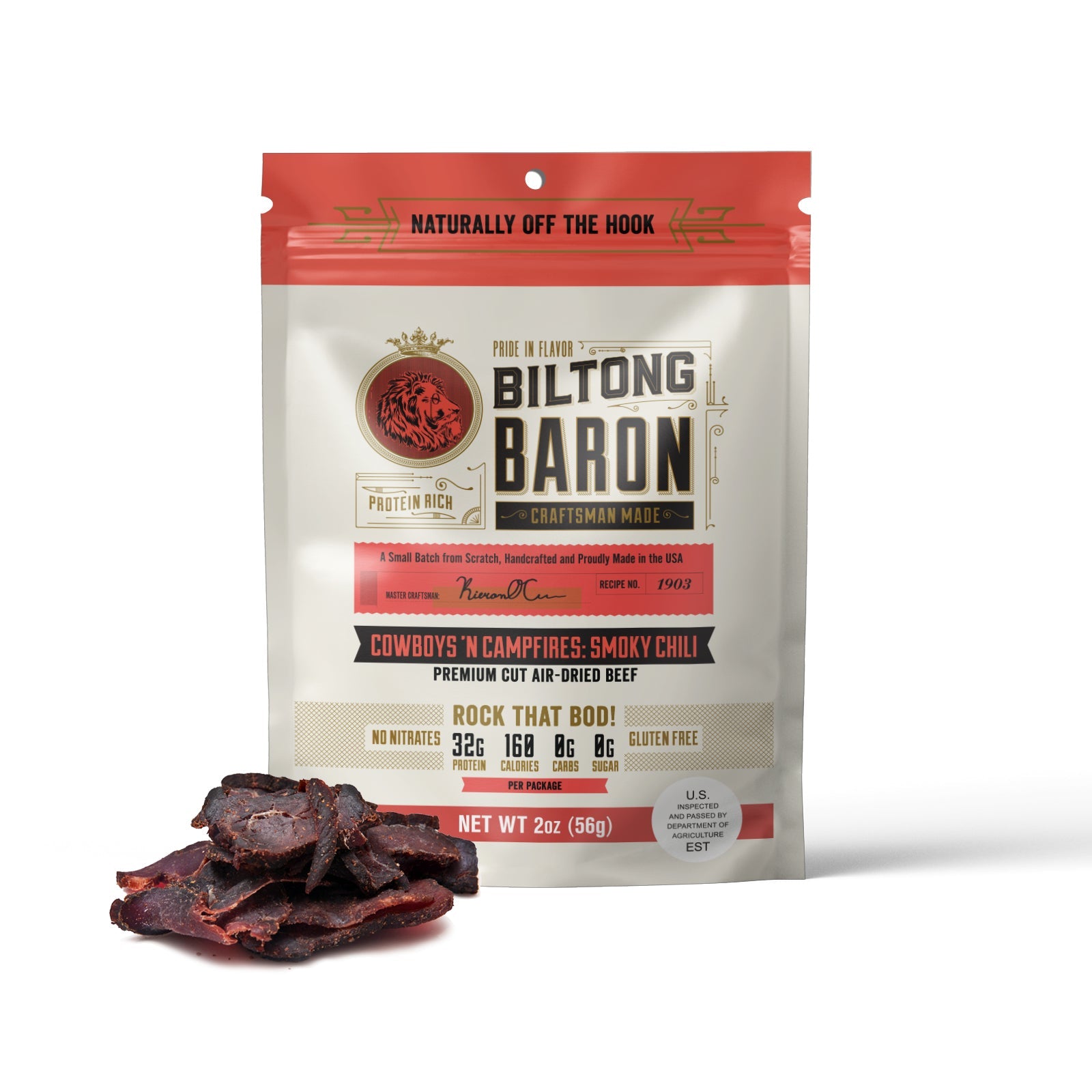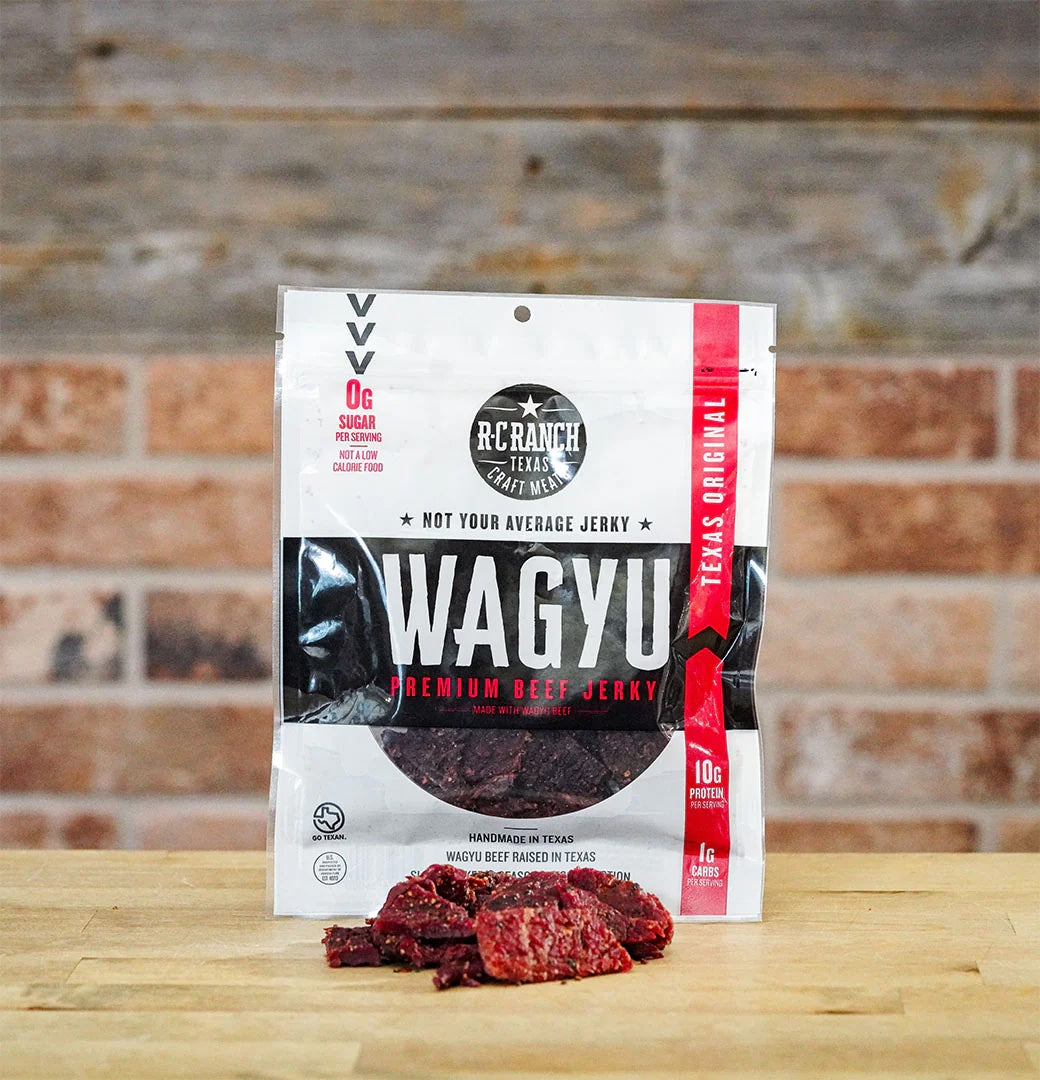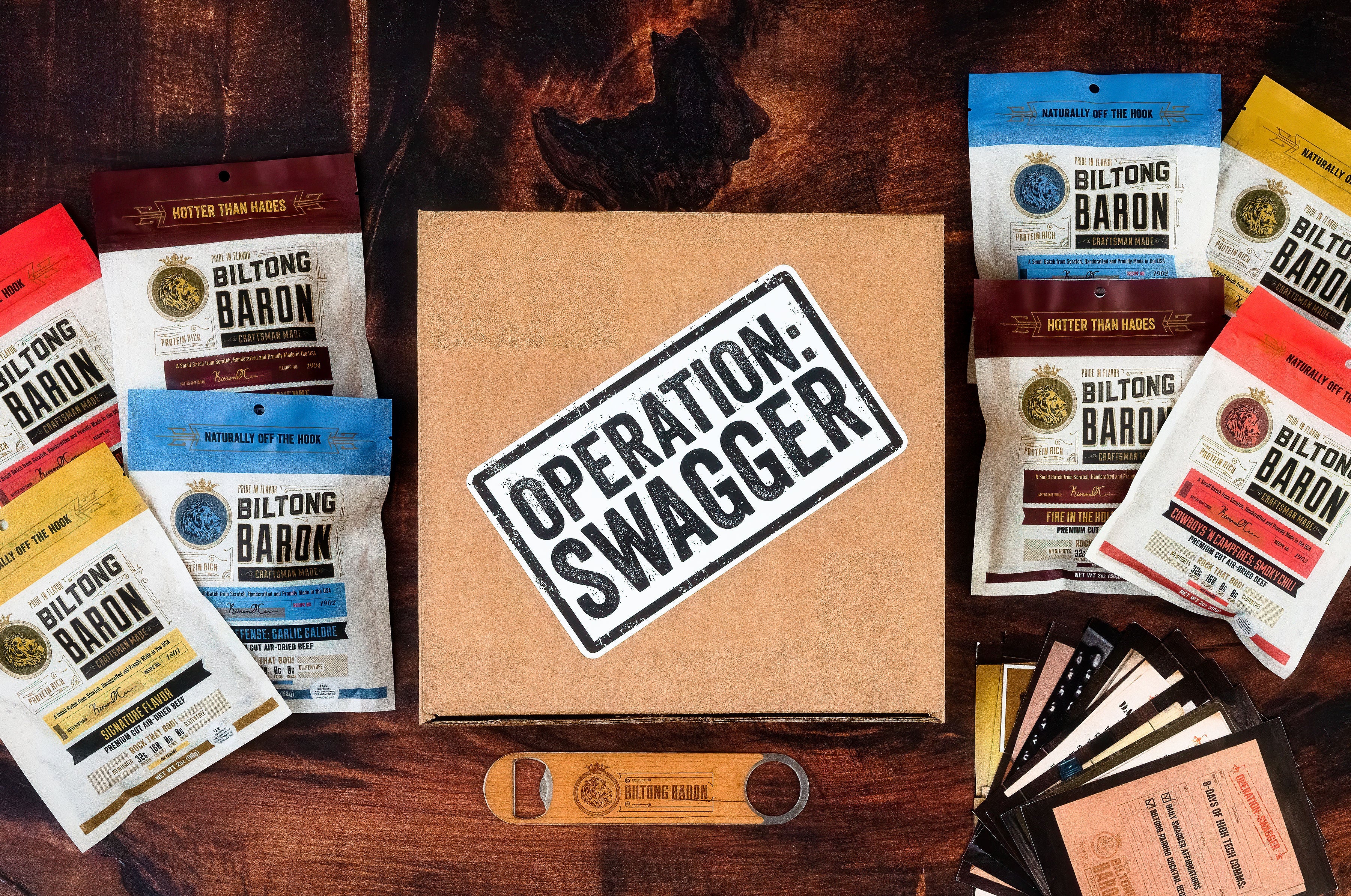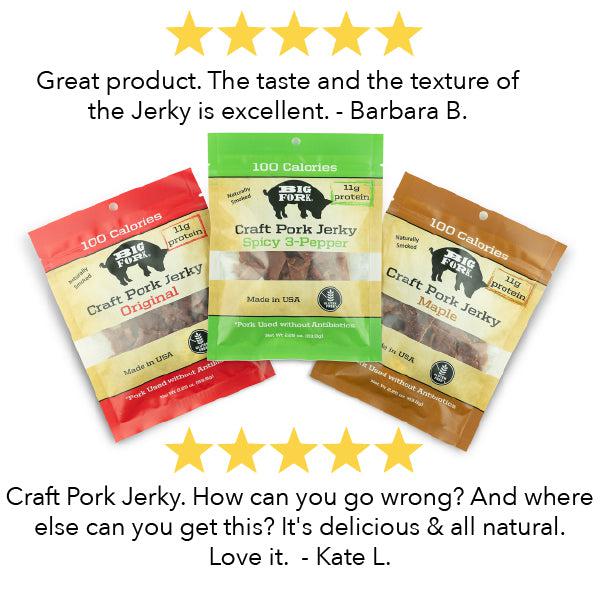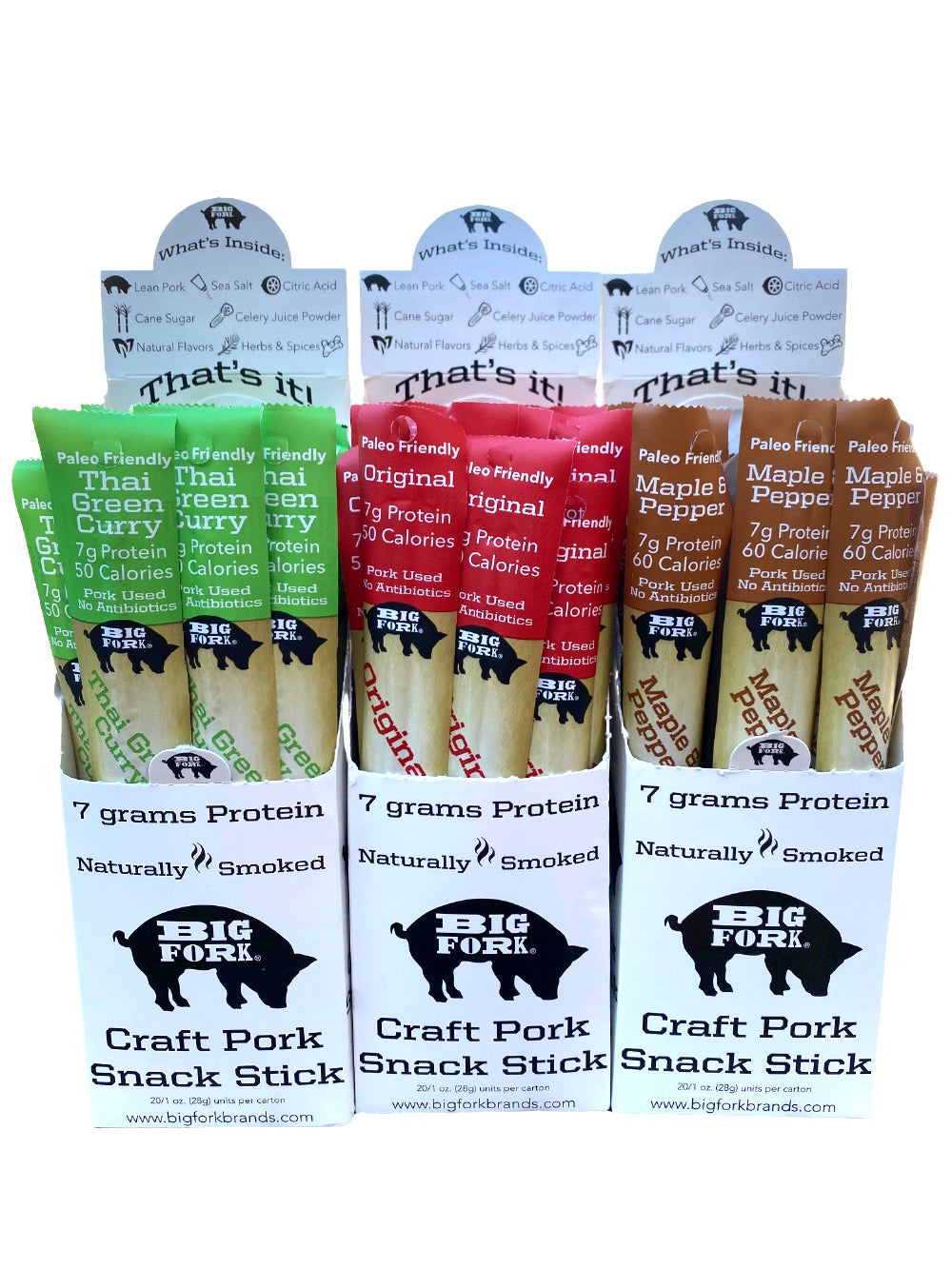-
Recently Viewed
You have no recently viewed items.
-
Featured Brands
- All Products
- About Us
- Contact Us
- Our Blog

Exploring Beef Jerky in the Mediterranean
I bet you're used to eating the typical delicious gourmet jerky online from some of the best U.S. jerky producers, right? Let the Jerky Universe take you to the province of León in Spain!
Cecina de León
We classy jerky enthusiasts here in the Jerky Universe recommend that you develop your palate and try the Cecina de León. It sounds Spanish, and it is. The Cecina de León beef jerky is our first featured review in our latest World of Jerky newsletters.
From the province of León, this prime jerky is often referred to as Spanish dry-aged beef jerky. This mouthful (pun intended) of jerky is a little lower in fat than the average beef jerky but still high in protein, making it a delicious accompaniment to a Spanish tapas plate.
The most famous of these cuts in Spain is Cecina de León from the company Embutidos Entrepeñas. It is certified as a Protected Geographical Indication (PGI).

"Manchego and Cecina de León” by reivax
Why Is This Jerky So Revered?
Without pushing this into your mouth over a jug of sangria, we will have to explain the artisan process involved in its recipe for you to appreciate it. So, let’s dive into its making and compare it to the average jerky process here in the U.S.
The Cecina de León from Embutidos Entrepeñas is the so-called artisan jerky. Its beef is selected carefully and cured 1,200 meters (about the height of the Burj Khalifa, the tallest building in the world) above sea level in the beautiful warm climate of Mediterranean Spain.
The surrounding oak in the immediate area helps with the mild smoking techniques used to cure the meat, which can take anywhere between 12 to 22 months.
My mouth is watering just thinking about this one — traditional prime jerky meat by anyone's account. What makes all the difference here is the length of curing.
Most beef jerky you find online or in beef jerky outlets in the U.S. will be more tender, which can sometimes result from the length of curing and what marinade is used. A good example is what I like to call our “Teriyaki Time” Honey Teriyaki Beef Jerky, a top-five product of ours — and of course yours. 😉
This balanced sweet and salty jerky is different from the traditional Cecina de León style in Spain and more like the familiar favorites in the U.S. The secret spices and marinade are balanced with the perfect curing time, resulting in less aging and less challenging eating. The differences create a full spectrum of jerky tastes and redefine what beef jerky even is.
Sometimes it takes history to evolve our tastes and palates, and this is what I think Cecina de León has done for beef jerky. We will explore similar history and evolution from the U.S. and all over the world here in the Jerky Universe.
Explore the Jerky Universe
Interested in learning more about jerky from around the world? Check out our blog on exotic jerky!
Then, keep exploring the Jerky Universe by subscribing to our social channels and newsletter below. It's a trip worth taking!
Watch our video:
- Choosing a selection results in a full page refresh.


